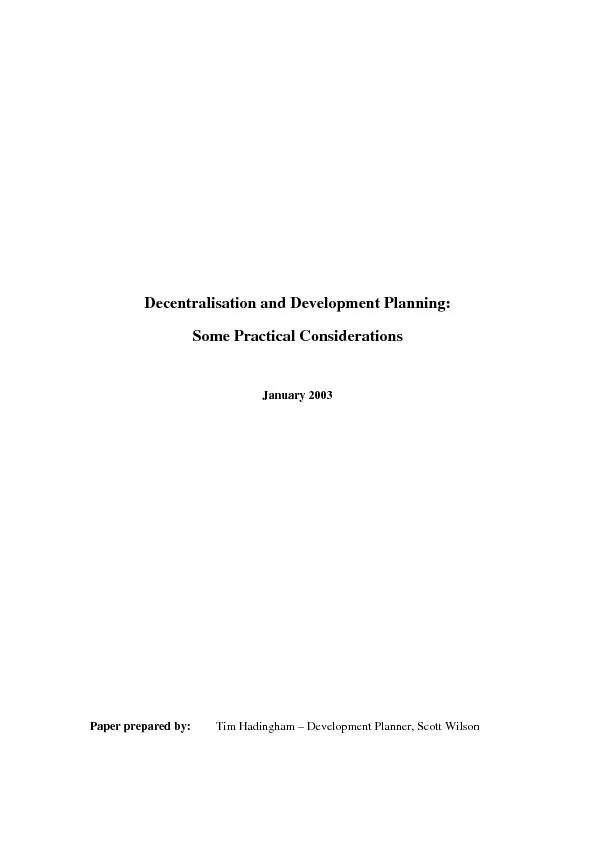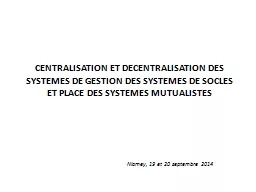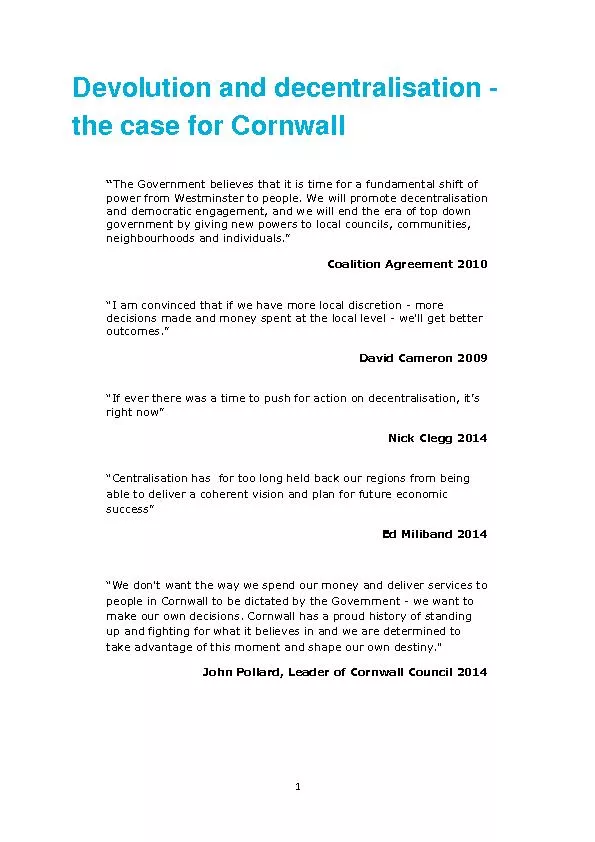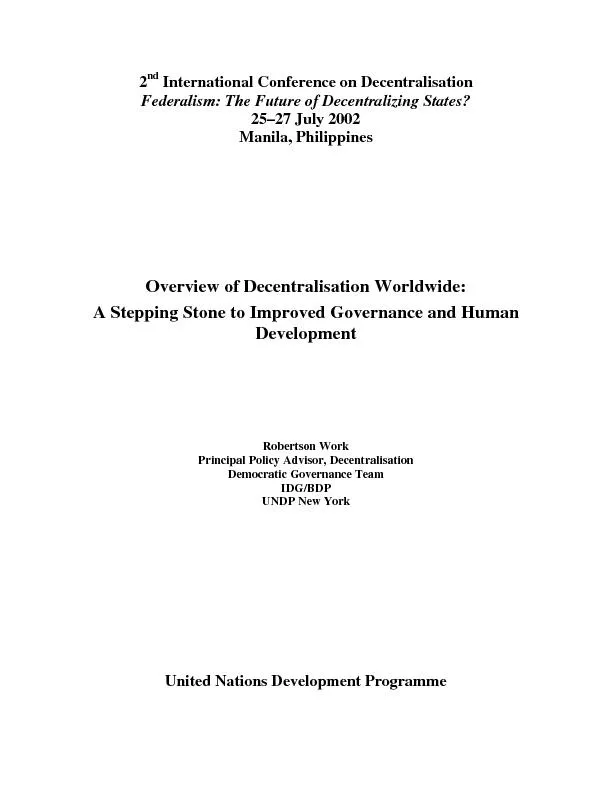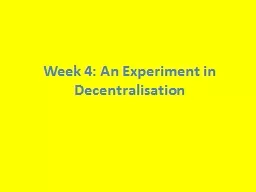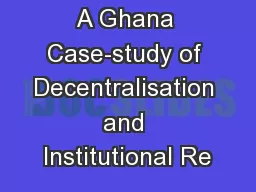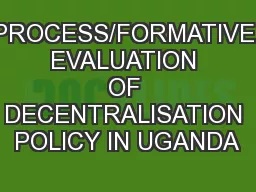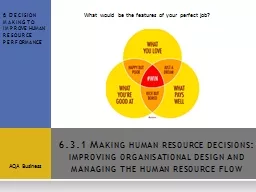PDF-Decentralisation and Development Planning:
Author : karlyn-bohler | Published Date : 2016-03-11
Some Practical Considerations January 2003 Paper prepared by Tim Hadingham 150 Development Planner Scott Wilson Decentralisation and Development Pla nning Some Practical
Presentation Embed Code
Download Presentation
Download Presentation The PPT/PDF document "Decentralisation and Development Plannin..." is the property of its rightful owner. Permission is granted to download and print the materials on this website for personal, non-commercial use only, and to display it on your personal computer provided you do not modify the materials and that you retain all copyright notices contained in the materials. By downloading content from our website, you accept the terms of this agreement.
Decentralisation and Development Planning:: Transcript
Download Rules Of Document
"Decentralisation and Development Planning:"The content belongs to its owner. You may download and print it for personal use, without modification, and keep all copyright notices. By downloading, you agree to these terms.
Related Documents

